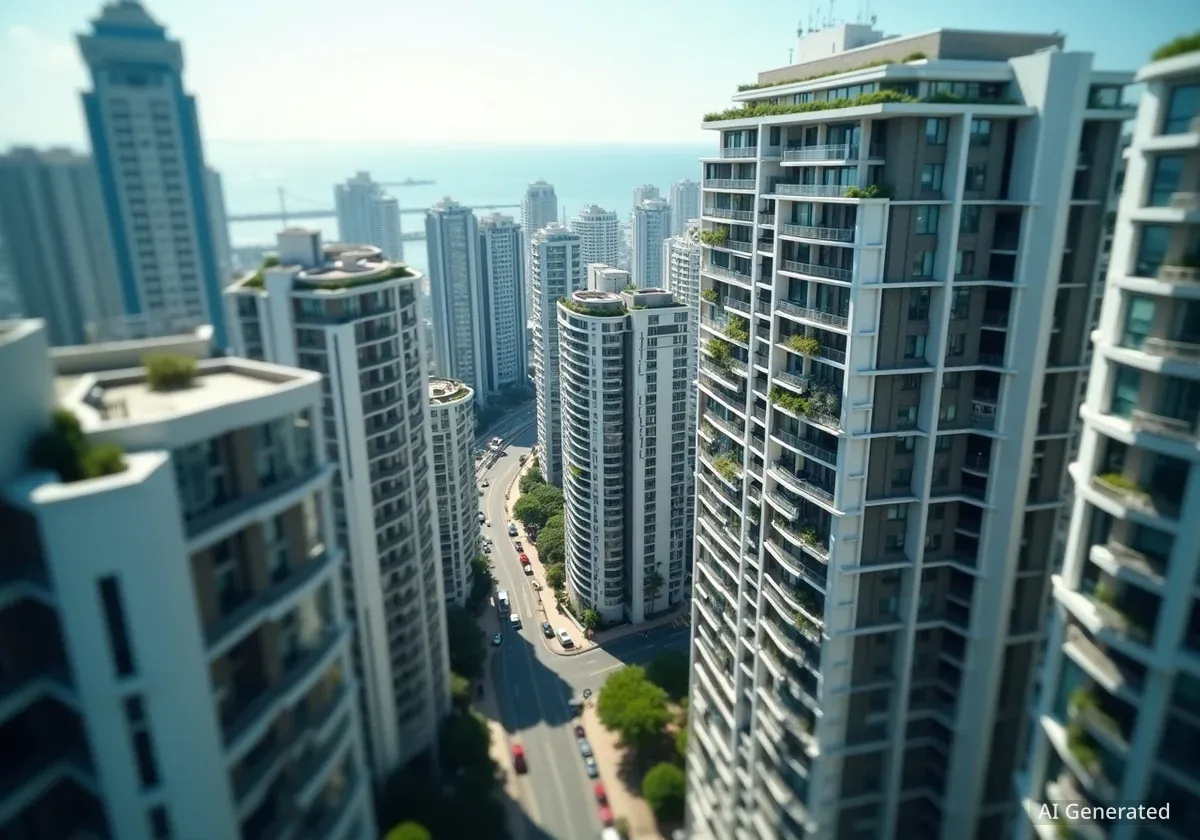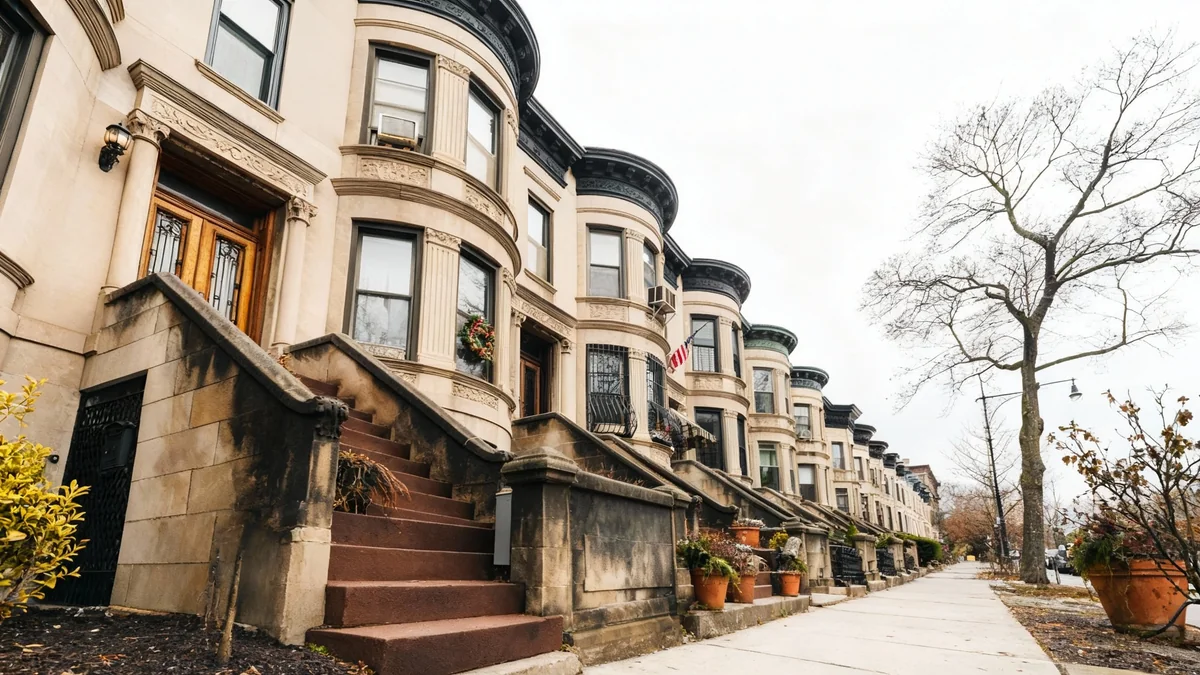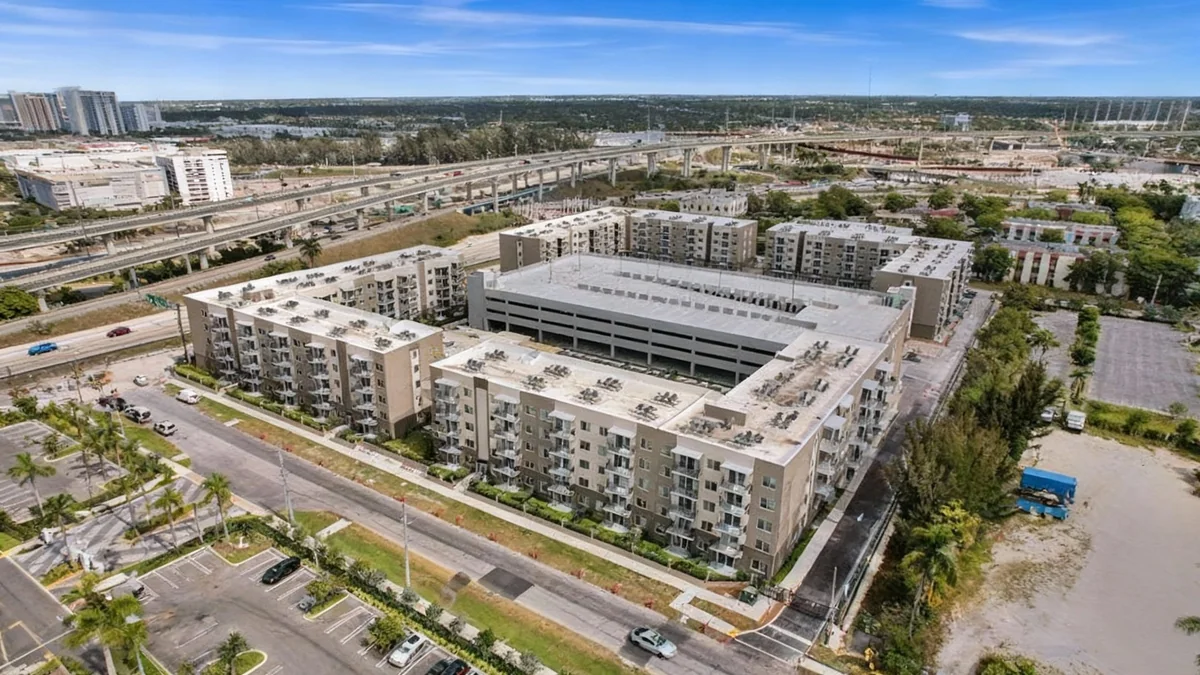A new report from major financial services firm UBS has identified Miami as the city with the highest real estate bubble risk in the world. The analysis indicates that key metrics in the South Florida housing market have now surpassed levels seen during the 2006 property bubble, raising concerns about market stability.
The UBS Global Real Estate Bubble Index for 2025 assigned Miami a score of 1.73, placing it firmly in the "high risk" category, which begins at a score of 1.5. This ranking positions Miami ahead of other major international cities known for high property values, including Los Angeles, Toronto, and New York.
Key Takeaways
- Miami's real estate market has been ranked number one globally for bubble risk by the 2025 UBS Global Real Estate Bubble Index.
- The city's price-to-rent ratio now exceeds the levels recorded during the 2006 housing bubble.
- Rising insurance premiums, increased housing inventory, and new maintenance regulations are creating significant pressure on the market.
- Despite the high-risk designation, the report suggests a sharp correction similar to the 2008 financial crisis is unlikely at this time.
UBS Report Details High-Risk Indicators
The annual UBS Global Real Estate Bubble Index evaluates housing markets based on several critical metrics. These include the relationship between property prices and local incomes (price-to-income ratio) and rental costs (price-to-rent ratio), as well as factors like construction activity and current mortgage rates.
In its assessment of Miami, UBS noted a significant and growing divergence between home prices and local rents. According to the report, this gap is a primary indicator of an overvalued market.
Surpassing Historical Highs
The report states, "The current price-to-rent ratio has surpassed even the extremes of the 2006 property bubble, signaling a high bubble risk." The 2006 housing bubble preceded a major market collapse that led to the 2008 global financial crisis.
Over the past 15 years, Miami has experienced the most significant inflation-adjusted increase in housing prices among all cities included in the global study. This rapid appreciation has pushed housing affordability for potential buyers to near-record lows, even as prices continue to climb.
Factors Fueling the Florida Market
Miami's housing market saw a dramatic surge in demand during the COVID-19 pandemic. A wave of domestic migration brought new residents to Florida, drawn by the state's warmer climate, lack of a state income tax, and the desire for more living space amid the rise of remote work.
This influx of buyers created intense competition for a limited supply of homes, driving prices upward at an accelerated pace. The city's appeal as a vibrant coastal destination with a favorable tax environment has continued to attract new residents and investment, sustaining high demand.
The Pandemic Housing Boom
The shift to remote work during the pandemic allowed many Americans to relocate. States like Florida became top destinations, leading to a rapid increase in home values that outpaced national averages. This migration pattern significantly altered the dynamics of local real estate markets across the Sun Belt.
While this boom has generated substantial wealth for existing homeowners, it has also created the conditions for the current bubble risk identified by UBS. The rapid price growth has become disconnected from local economic fundamentals like income and rent levels.
Mounting Pressures Signal Market Shift
While demand remains a factor, several emerging pressures are beginning to weigh on the Miami real estate market. According to the UBS report, the available housing inventory has started to increase, climbing back toward pre-pandemic levels. An increase in the number of homes for sale can reduce upward pressure on prices.
Homeowners are also facing a convergence of rising costs that may compel more of them to sell. These financial strains include:
- Surging Insurance Premiums: The cost of homeowner's insurance in Florida has risen sharply, driven by increasing environmental risks such as hurricanes and flooding.
- New Maintenance Regulations: Recent changes in state regulations are forcing many condominium associations to address long-deferred maintenance and structural repairs. This is resulting in hefty special assessments and increased fees for condo owners.
- Combined Financial Burden: The combination of higher insurance, taxes, and maintenance costs is making homeownership more expensive, potentially pushing some owners to list their properties.
This increase in supply, prompted by rising costs, could further contribute to a cooling of the market's rapid price growth.
Outlook Remains Cautious, Not Catastrophic
Despite the high bubble risk score and comparisons to 2006, the UBS report does not predict an imminent crash on the scale of the 2008 financial crisis. The underlying economic conditions and lending standards are different from those that precipitated the previous collapse.
"While price growth is expected to turn negative in the coming quarters, a sharp correction appears unlikely at this stage," the UBS report concluded.
The analysis suggests that Miami's fundamental appeal continues to provide a floor for the market. The city's status as a major international hub, combined with its attractive lifestyle and tax policies, ensures a continued stream of new residents and investment from other parts of the country.
However, the report serves as a clear warning that the era of rapid, double-digit price increases in Miami is likely over. The market is now facing significant headwinds that are expected to lead to a period of price stagnation or moderate decline in the near future.





